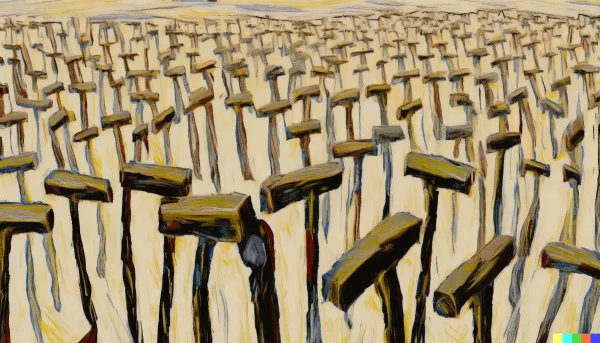
computation
The Universal Tool
There is an old adage that “when you have a hammer, everything begins to look like a nail”

computation
There is an old adage that “when you have a hammer, everything begins to look like a nail”
anxiety
closed mode “most of the time when we’re at work. We have inside us a feeling that there’s lots to be done and we have to get on with it if we’re going to get through it all. It’s an active, probably slightly anxious mode, although
creativity
I find that the muses come to me when I'm in the process of creating, whether it be through routine or hard work.